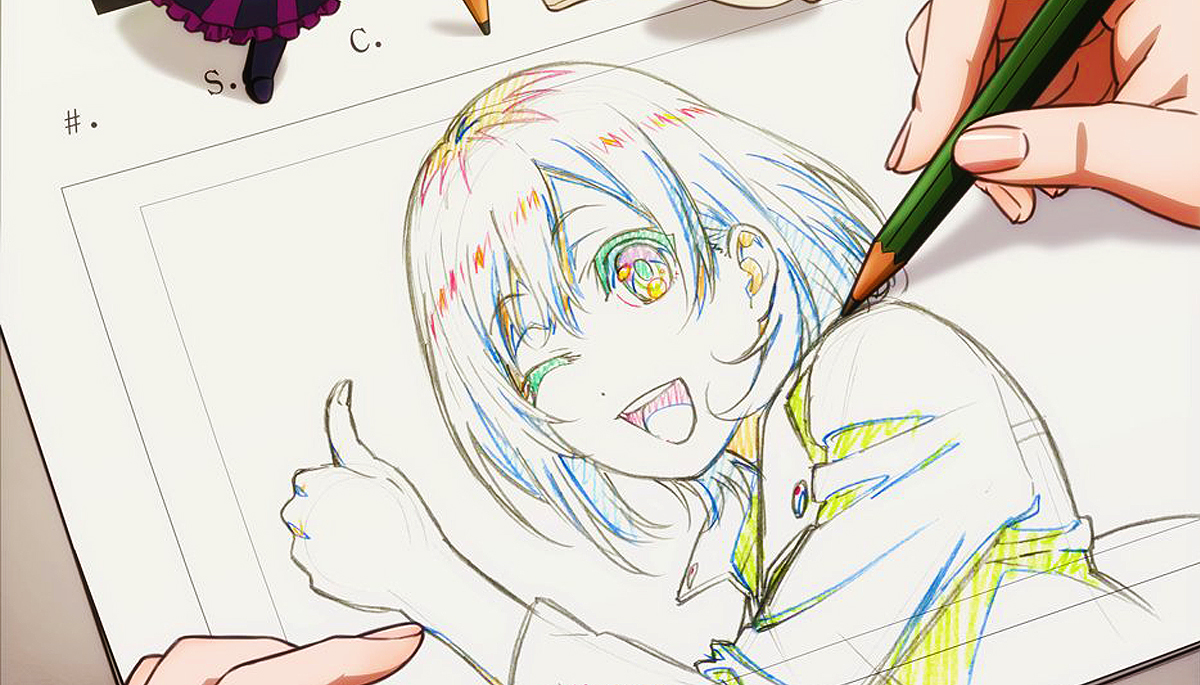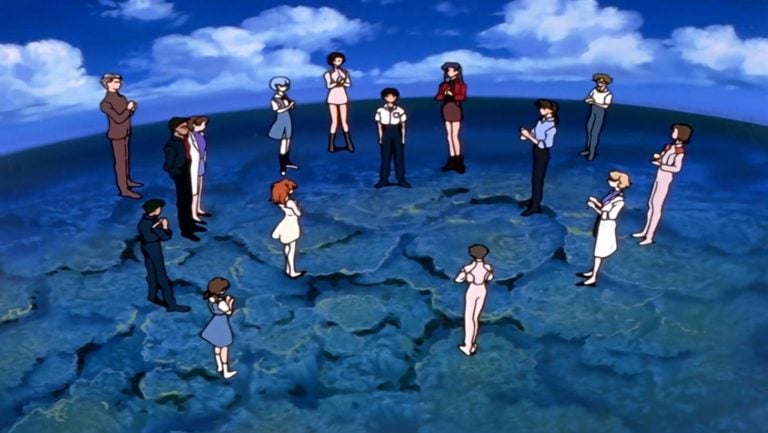In response to a recently published article about the unsustainable nature of Japan’s anime industry and harsh working and living conditions of animators, users have been sharing some of their experiences that reveal a close-up of what individuals aiming to become animators are faced with in Japan.
The original article by Oricon News tells of the current issues Japan’s animation industry is faced with – the skilled, veteran layer of the workforce is aging and retiring, while newcomers don’t have conditions to learn and inherit their skills due to the grueling workload, thus creating a vicious circle of newcomers being unskilled and underpaid and veterans being overworked.
Due to rising domestic and overseas demand, Japan’s anime industry is thriving with a yearly net income of over 2.74 trillion yen. Having these circumstances in mind it would be natural to assume that the value and renumeration of animators would increase, but this is true only for artists who have already made a name for themselves as key frame artists, while nothing seems to trickle down to those who are in the earlier stages of their careers.
But even though these circumstances are known, there are still many who aspire to become animators, driven by passion alone. The following tweets by a Japanese creator tell of what attitude awaits such newcomers.
They explained to us that wages were commission-based and that the minimum guarantee was 50,000 yen per month, but that in most cases, that was all people earned throughout their first year. Another person attending then asked them, “Does that mean we do other part-time jobs while working during the first year?”
What do you think the reply was?
In the meantime, you can make ends meet by having your parents pay for your living expenses and similar.” This is what they had to say…
I remember being astonished that a company would so brazenly tell its employees to make a living by asking their parents for money. That’s when I realized this industry wasn’t in its right mind.
In this particular company, animators are guaranteed a monthly income of only 50.000 yen (around 350$) even though it is a given that they may not earn any more than the minimum for their whole first year. To put matters in perspective, according to a survey by Japan’s Ministry of Health, Labour and Welfare, the average monthly salary for fresh graduates is 226,000 yen (about 1580$) for college graduates and 255,600 yen (about 1790$) for post-graduates. Taking into account the cost of living in Japan, the minimum sum guaranteed by the animation company is nowhere near livable. Despite that, the company also demands that employees devote their off time to practice, in other words work in their free time.
Other users told of similar experiences, also mentioning being asked if they lived with their parents and whether they had tuition fees or scholarships to return on interviews. These conditions already set the bar for just entering the anime industry sky-high, but overcoming that obstacle does not in any way guarantee a steady path to success.
The following overview of average annual incomes in the anime industry shows discrepancies in income between different positions.
| Position | Average yearly income |
| Inbetween Artist | 1.25 million yen |
| Production Assistant | 2.85 million yen |
| Keyframe Artist | 3.34 million yen |
| Color Coordination | 3.58 million yen |
| Compositing | 4.29 million yen |
| Background Artist | 4.48 million yen |
| Animation Director | 5.38 million yen |
| Character Designer | 5.49 million yen |
| Producer | 5.92 million yen |
| Director | 7.79 million yen |
But if anime is such a successful business, what makes being an animator such a high-risk low-return profession? According to film producer Masuo Ueda who speaks for Oricon, the answer may lie in the so-called production committees. Production committees are temporary coalitions created to fund particular anime projects that consist of marketing companies, merchandising companies and similar. Since such companies are able to make the largest investments in projects, they also reap most of the profits, leaving the anime production studios with the short end of the stick. In turn, the production studios then secure their own profit by lowering wages and putting further pressure on their staff.
Awareness of these issues is rising in recent times, and certain efforts are being made to support animators financially and give them a voice, but the systemic problem that exists will likely take time to resolve. In the meantime, the anime industry is becoming a less and less appealing choice to prospective talents.





